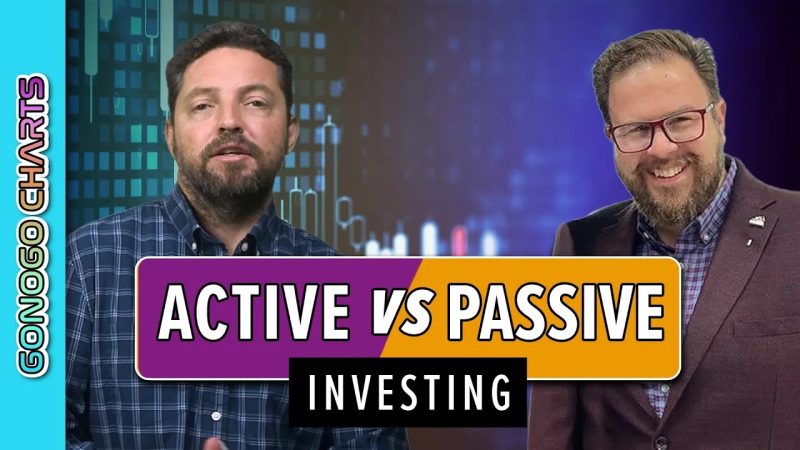Active vs. Passive Investing: Debunking the Traditional Approach
When it comes to investing, there are two prominent strategies that dominate the financial market: active and passive investing. These approaches have long been debated among experts, with staunch advocates on both sides. However, as the investing landscape evolves and new research emerges, it is essential to reevaluate the effectiveness of these methods.
Active investing involves a hands-on approach, where investors actively buy and sell securities in an attempt to outperform the market. Proponents of active investing argue that with careful analysis and market timing, skilled investors can generate higher returns than passive strategies. They believe that by constantly monitoring and adjusting their investment portfolios, they can seize opportunities and navigate market downturns effectively.
On the other hand, passive investing adopts a more laid-back approach. It seeks to track a specific market index or segment, such as the S&P 500, by investing in a corresponding index fund or exchange-traded fund (ETF). Advocates of passive investing argue that it offers better long-term returns due to lower costs, diversification, and reduced exposure to individual stock risks.
Traditionally, active investing has been seen as the preferred method for experienced investors. However, recent studies and a shifting investment landscape challenge this assumption. One such study by researchers at the University of Chicago found that passive funds consistently outperform actively managed funds in various asset classes over multiple years.
The study revealed that active funds underperformed their passive counterparts by an average of 1.44% annually. This may seem like a small difference, but compounded over time, it can lead to significant shortfalls in investment returns. Moreover, the research highlighted that even the most highly skilled active managers struggled to consistently outperform the markets, raising questions about the effectiveness of active strategies.
Another factor contributing to the rise of passive investing is the increasing availability and affordability of index funds and ETFs. These investment vehicles provide broad market exposure with minimal fees, making them an attractive option for individual investors. Additionally, the rise of robo-advisors, which utilize algorithms to manage investment portfolios, has made passive investing more accessible to the average investor.
While passive investing may seem like a simple and straightforward strategy, it is not without its limitations. Critics argue that by following market indexes, passive investors are susceptible to downturns and unable to capture potential individual stock outperformance. They also point out that in certain market conditions, active strategies may outperform passive strategies, emphasizing the importance of staying informed and adaptable.
In conclusion, the investment landscape is evolving, and traditional assumptions regarding active and passive investing are being challenged. While active investing was traditionally seen as the superior approach, recent studies indicate that passive strategies, such as index funds and ETFs, can generate better long-term returns. It is crucial for investors to stay informed, understand their risk appetite, and consider factors such as fees, diversification, and market conditions when choosing their investment strategy. Ultimately, it may be beneficial to incorporate elements of both approaches, striking a balance between active decision-making and passive market exposure.

